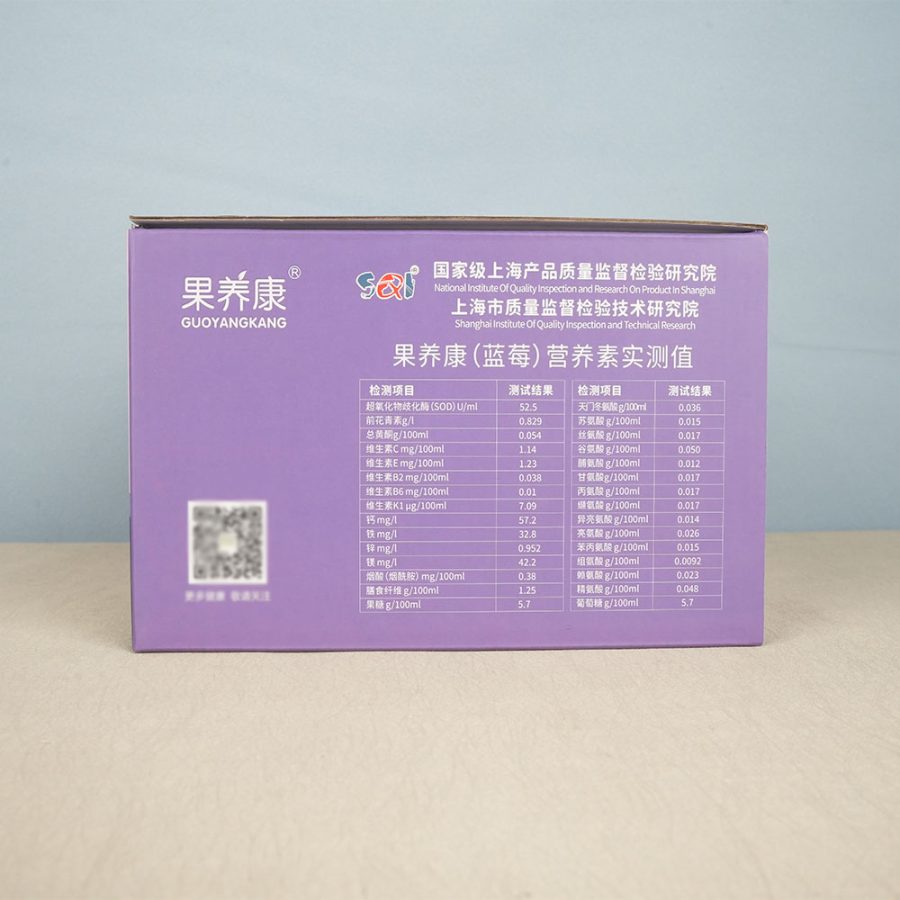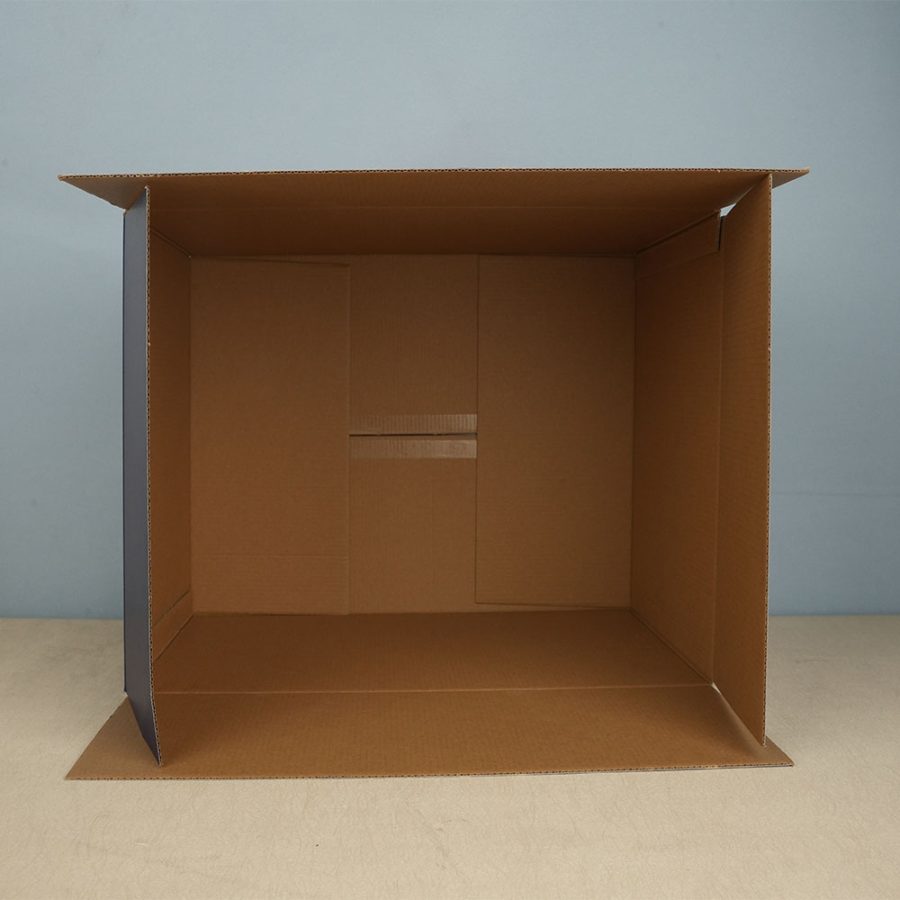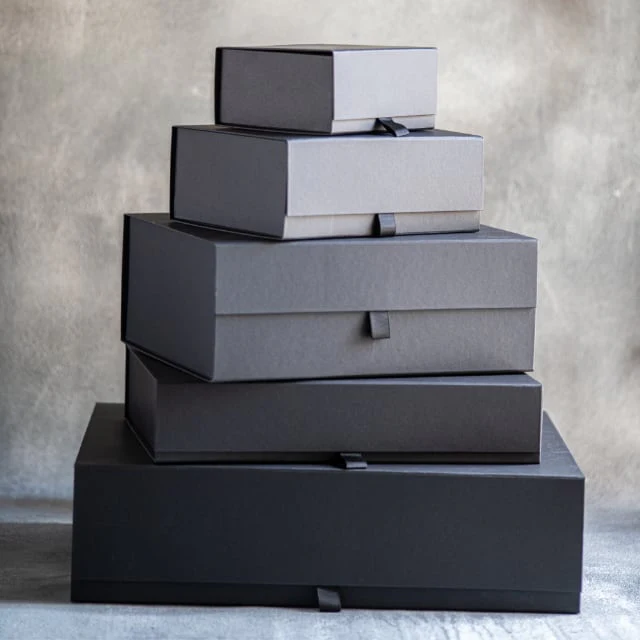Exploring 3 Different Types of Boxes Used in Packaging
Packaging plays a vital role in the shipping, storage, and protection of products. Over the years, many types of packaging have been developed to meet the specific needs of different industries, ranging from fragile goods to food items. Among the most commonly used forms of packaging are boxes, which come in various shapes, sizes, and materials. In this article, we’ll explore three different types of boxes used in packaging: corrugated boxes, folding cartons, and rigid boxes.
1. Corrugated Boxes
Description: Corrugated boxes are one of the most widely used types of packaging. They consist of a fluted layer of paper sandwiched between two flat liner boards. The fluted layer gives the box strength, durability, and cushioning, making it ideal for shipping and protecting products during transit. This type of box is commonly used for e-commerce shipments, as well as in retail and wholesale sectors.

Key Features:
Durability: The corrugated material offers resistance to external pressure, making it a great option for shipping fragile or heavy items.
Customization: Corrugated boxes can be easily customized in terms of size, shape, and design. They can also be printed on, allowing companies to brand their products effectively.
Recyclable: One of the standout features of corrugated packaging is its eco-friendly nature. Most corrugated boxes are made from recycled paper, and they can be recycled again after use.
Common Uses:
E-commerce shipping
Moving and storage boxes
Retail packaging for large or bulky items
2. Folding Cartons
Description: Folding cartons are made from paperboard, a material thinner and lighter than the corrugated variety. These boxes are pre-scored so that they can be easily folded into shape. Once folded, they hold their shape without the need for additional support. Folding cartons are often used for packaging consumer goods and retail products.

Key Features:
Lightweight: Paperboard is much lighter than corrugated material, making folding cartons ideal for small and lightweight items.
Compact and Convenient: These boxes are easy to store when flat and simple to assemble when needed. They can be folded and unfolded repeatedly without losing their integrity.
Customization: Like corrugated boxes, folding cartons can be printed with custom graphics and branding, providing an excellent opportunity for branding and marketing.
Cost-Effective: Folding cartons are often less expensive to manufacture than other types of boxes, making them a popular choice for mass-produced goods.
Common Uses:
Food packaging (e.g., cereal boxes, snack boxes)
Pharmaceutical packaging
Cosmetic and personal care product packaging
Retail packaging for small items (e.g., electronics, toys)
3. Rigid Boxes
Description: Rigid boxes, also known as set-up boxes, are made from sturdy paperboard that’s much thicker than the material used for folding cartons. These boxes do not fold flat, which makes them more robust and luxurious in appearance. They are typically used for high-end products that require a premium presentation or need extra protection.

Key Features:
Premium Quality: Rigid boxes have a solid, sturdy feel that conveys a sense of luxury and high quality. They are often used for packaging expensive products like jewelry, electronics, or designer goods.
Protection: The thick paperboard used in rigid boxes provides a strong shield against impact, making them ideal for fragile or valuable items.
Customization: Rigid boxes can be customized with finishes like embossing, foil stamping, and custom printing, allowing brands to create an attractive, high-end packaging design.
Durability: Due to their construction, rigid boxes are long-lasting and offer superior protection for contents. They’re not prone to bending or crushing during handling.
Common Uses:
Luxury packaging (e.g., watches, jewelry)
High-end electronics (e.g., smartphones, tablets)
Gift boxes
Premium cosmetic packaging
Conclusion
Packaging plays a crucial role in protecting products and ensuring they reach consumers in good condition. The choice of box depends on factors like the product’s fragility, weight, and branding requirements. Corrugated boxes are ideal for strength and protection during shipping, folding cartons are a cost-effective solution for lightweight products, and rigid boxes offer a premium presentation for high-end goods. By understanding the distinct advantages of each box type, businesses can make informed choices that enhance both the protection and presentation of their products.







